Beebom Score
The Mafia series, published by 2K, is a nod to the ideal mob and gangster stories that quench your thirst for thrills. Before I jump into my review of Mafia: The Old Country, let me tell you that I have been a huge fan of the series for its simple style of narrative storytelling.
My Mafia journey began with Mafia 2 in 2010. I didn’t expect much that day, but within minutes, I was hooked. The music. The snow-covered streets. Every mission felt like a scene pulled from my favorite classic mob films. When the credits rolled, I was not done. I went back to the original and then found myself immersed in Mafia 3 a few years later. I had finished the trilogy and was hooked on its grit and storytelling.
So, when 2K revealed Mafia: The Old Country, I was excited to get back into the action of this Peaky Blinders-level drama game. And after completing the game in almost 15 hours, The Old Country felt like a return to what made me fall in love with the series. Yes, the failed attempt at an uber-open-world setting of Mafia 3 was gone, and we were back to the roots of the original.
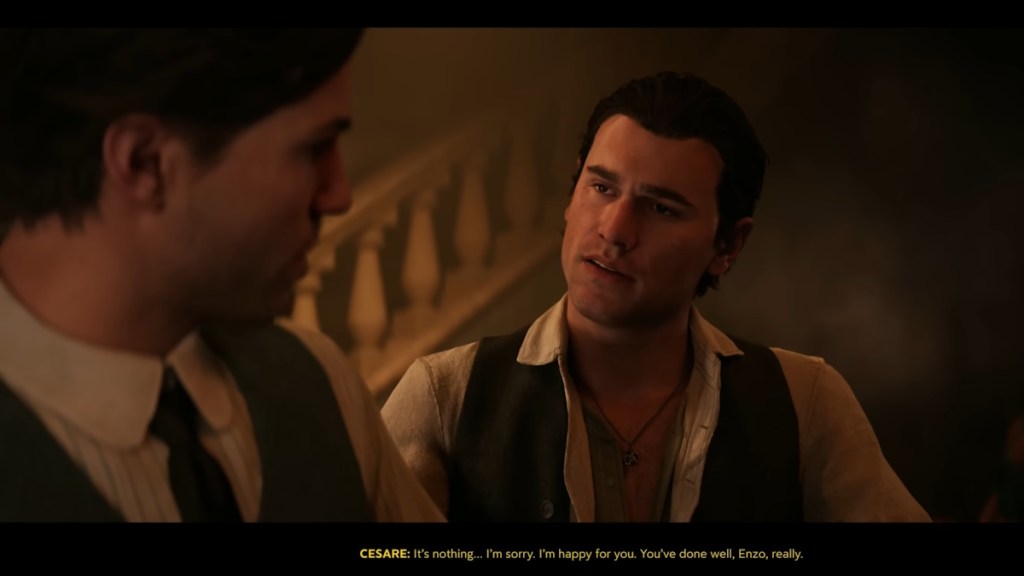
Gunfights are fewer and much simpler in the latest Mafia installment. Gameplay is more silent. But the characters, the atmosphere, and the writing hold you in place like a tense sit-down between rival families (and sometimes your own). And here, one thing matters most— storytelling.
In Mafia: The Old Country, the Story Becomes the Don of the Experience
The story of Mafia: The Old Country develops in 1900s Sicily, a land saturated in brutal history and rich culture. We step into the shoes of Enzo Favara, a boy sold by his father at the age of five. That loss left him with a constant hunger for parental love. It also planted a craving for revenge, a desire to kill his father if they ever met again.
But guess what, it is not your typical father-son revenge story with a power hunger. The fatherly figure angle plays a key role, and it is connected to an emotional level with Enzo. Fortunately, the real father-son face-off happens ironically with another character, which makes the theme more dramatic. It makes sense as the plot does not take you to the origin story of Enzo, but rather into the future, where our story in the game begins.
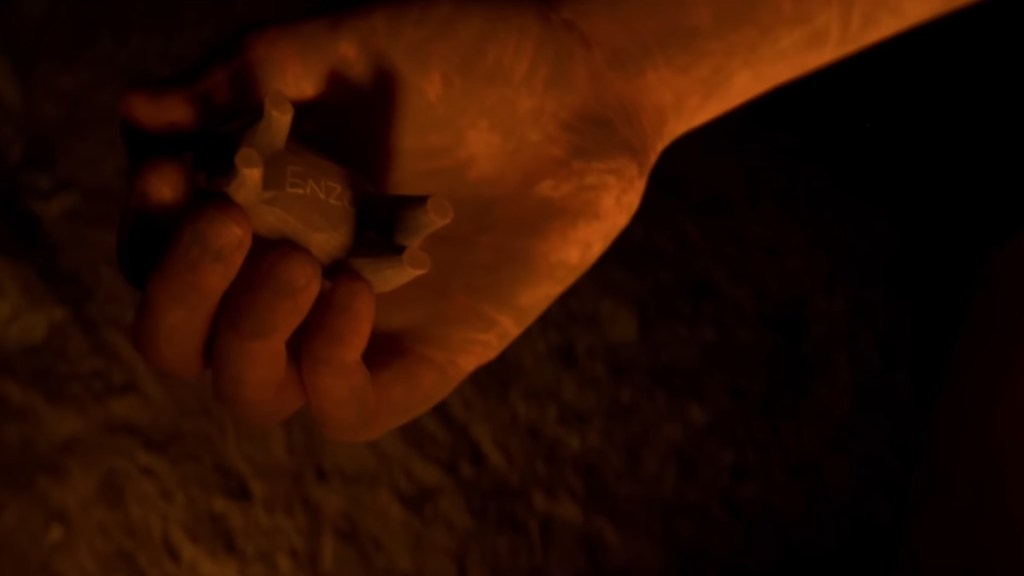
Yes, our story begins years later, in the sulfur mines of the Spadaro family, where Enzo works day after day for nothing but dirt and sickness. There, he leaves behind a small wooden toy from his father, carved with his name. With eyes full of ambition, Enzo wants one thing above all– respect.
And in the Old Country, respect must be earned. But respect in Sicily demands loyalty and blood, where we meet Don Bernardo Torrisi.
Bernardo ‘Don’ Torrisi: The Spine of the Story
Don Torrisi is the central character in the story, and at one point, the tale takes a major twist (wink wink). Before we talk about his role in Enzo’s life, let’s talk about the voice behind him. Yes, it is worth a mention. The cast of the new Mafia game is fantastic across the board, but John Santiago’s work is on another level.
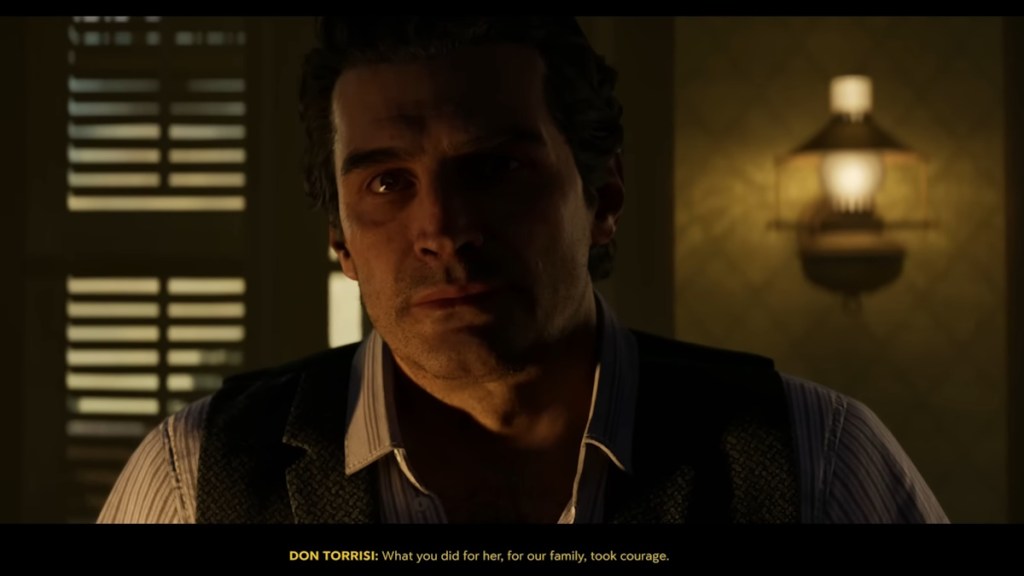
As the English voice of Bernardo Torrisi, his gritty, deep tone cuts right through you. It’s the kind of performance that takes you straight to The Godfather, with shades of Marlon Brando as Vito Corleone. Classic. The king of the mob empire. And the actions of Don Torrisi justify the dark tone and growl of the voice. That is where Enzo gets the father figure in his life.
After rescuing Enzo from the Spadaros, he brings him into the family. From there, Enzo’s real journey begins. He rises through the Torrisi ranks with ease, his ambition setting him apart from the rest. By proving his loyalty time and again, he earns the Don’s trust, though it backfires in the end.
No spoilers here, but the whole plot plays out like a mental chess match in a mob family. People in the Torrisi family die at the hands of rivals…and sometimes, by their own hands (even you).
Respect Builds the Family, Love Breaks It
To balance the chaos and blood, there’s love. Sometimes, you will feel the love part of the story is taking over the storyline. But it all comes together in the finale. Especially when most of the side characters take a little longer to connect with the audience. So, do not give up before the journey picks up the pace.
One character you will start loving right away is Cesare Massaro. Bernardo Torrisi’s nephew, Ceasare, ends up being Enzo’s best friend. This plays a key role in the ending of the story.
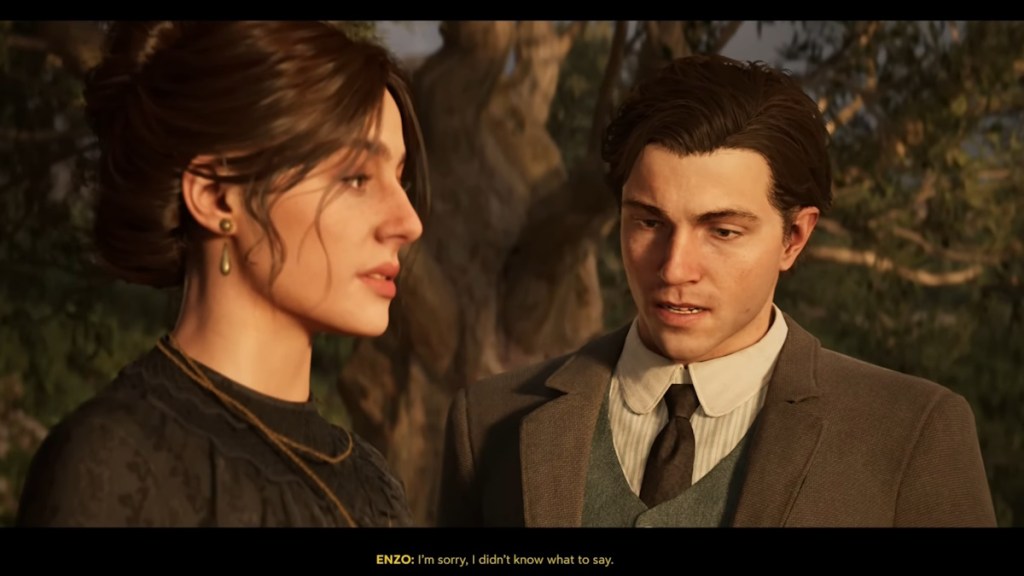
Although respect is the key element, the story’s fate rests on love and the Don’s daughter, Isabella. As she and Enzo grow closer, the tension builds in the Torrisi family. If you enjoy cinematic thrillers that make you wait for the payoff, this will keep you hooked. And that’s when the blood begins to spill.
No more hints; the rest is yours to discover by playing through. The whole Godfather level of classic mob drama cooks slowly at the beginning, but plays out well as you start relating to Enzo and all the other characters.
Speaking of how it plays out, gameplay has never been the main draw of Mafia games. In the past, each entry tried to be its own thing, but with crime stories always linked to GTA, the series never quite escaped the comparison. So, does the gameplay serve the story well in Mafia: The Old Country?
A Made Man’s Life is All Knives and No Getaway
If you’re already a fan of Mafia games, the gameplay would be right up your alley. It’s simple, to the point, and does not try to be GTA. For major fights, your knife fights revolve around cinematics, similar to the boss fights from Assassin’s Creed: Brotherhood. You have the wheels, but the driver is the cutscenes. The main fights are all about knife combat, with guns only showing up after Chapter 3. Boss fights still end in tense knife standoffs, like a 1900 human version of Elden Ring.
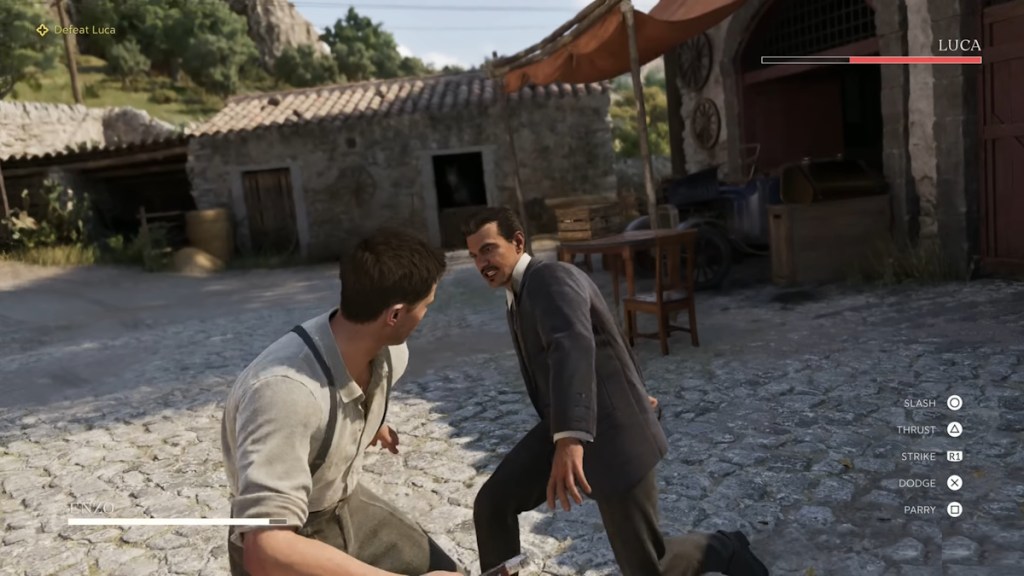
It’s a cool twist for that era of Sicily, but if you don’t care for historical accuracy, you might wish there was more variety. The gameplay makes sense for Enzo, though; after learning to fight in Chapter 1, his skills don’t go beyond slashing, poking, and sometimes stabbing. The smaller details are where it gets messy. You have an Ezio-style eagle vision, but you’re not an assassin. The game never explains how Enzo developed those instincts. Yeah, yeah, I get it, after years of working in a dark mine.
Stealth is decent, even if it feels like Hitman 2.0. At least the mechanics aren’t an afterthought. You can distract guards, hide to avoid detection, or choke enemies out. Like a hitman, you can also hide bodies or drag them to stay clear of other enemies’ suspicion.

Stabbing works too, but it eats into your knife’s durability after a few stealth kills, annoying if you enjoy backstabbing a little too much (no spoilers here either). Yes, if you want to enjoy your backstabbing route, make sure you collect some whetstone to improve the knives’ durability.
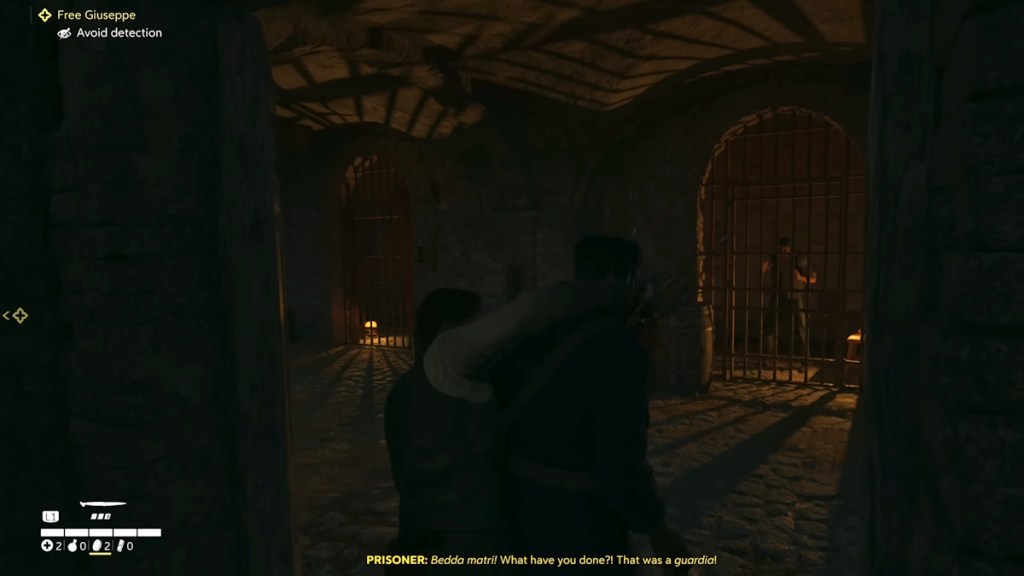
On the bright side, car and horse riding are spot on for 1900s Sicily. Wooden wheels clunk, chains rattle, and gramophones skip when you drive like a maniac. Horse rides feel so close to RDR2 that I sometimes forgot it was a Mafia game, until I remembered both are from 2K. Sadly, there aren’t many chase sequences, which feels like a missed chance. A few side quests built around vehicles would’ve made the loop more exciting. Exploration doesn’t offer much, with the game not being an Open-World game. It is more like…
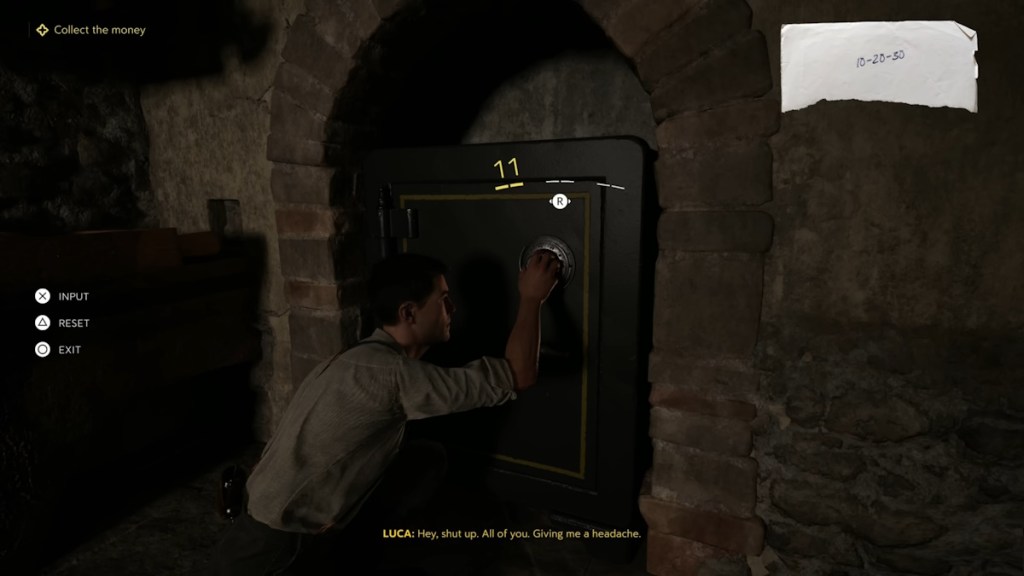
A Stroll Through Sicily’s Stage
You will find NPCs stuck in random scripted routines, and enemies come toward you like a headless chicken, just to be blasted by a shotgun. Yes, the enemies are not geniuses, but they’re not cardboard either. If you play on higher difficulties, even a stray bullet can end your day, which forces you to move like a hitman, not a soldier. So, if you want more of that rush of being on a thrill ride, go for a higher difficulty. However, for some weird reason, the game shuts down aim assist on controllers to make it feel difficult, which makes no sense.
Some areas give off Uncharted vibes, due to the classic style of easy puzzles and barebones parkour. And there is no minimap, which can feel like a negative if you’re bad at following the yellow marker.
The puzzles are as easy as reading scribbles off a sticky note you slapped on your clipboard. A few doors and lockers ask for codes, but you’ll find them lounging right next to the objective, like puzzles too lazy to hide. I get it, it is not a treasure hunt game, but sometimes, when you are grinding to rise in the ranks of a mob, challenges should get harder.

When you take your ride in the Old Country, it will feel like a 2017 version of Red Dead Redemption 2— both visually and aesthetically. Although taking you back to the times should be the right call, I expected Mafia to keep its identity and not try to be another game. But don’t worry, there isn’t much horse riding if you skip the riding parts. You can skip your car or horse ride parts for a quick trip.
Overall, the gameplay isn’t the big selling point of Mafia: The Old Country. It has a charm system and weapon unlocks, but the story-first approach means most fights are taken over by cinematics. The main jobs bounce between high-stakes shootouts, tense stakeouts, and the occasional quiet infiltration.
Not every mission hits the same high notes, but the best ones feel like they were written with a cigar in one hand and a shotgun in the other. When the pacing clicks, it’s pure mob cinema in playable form.
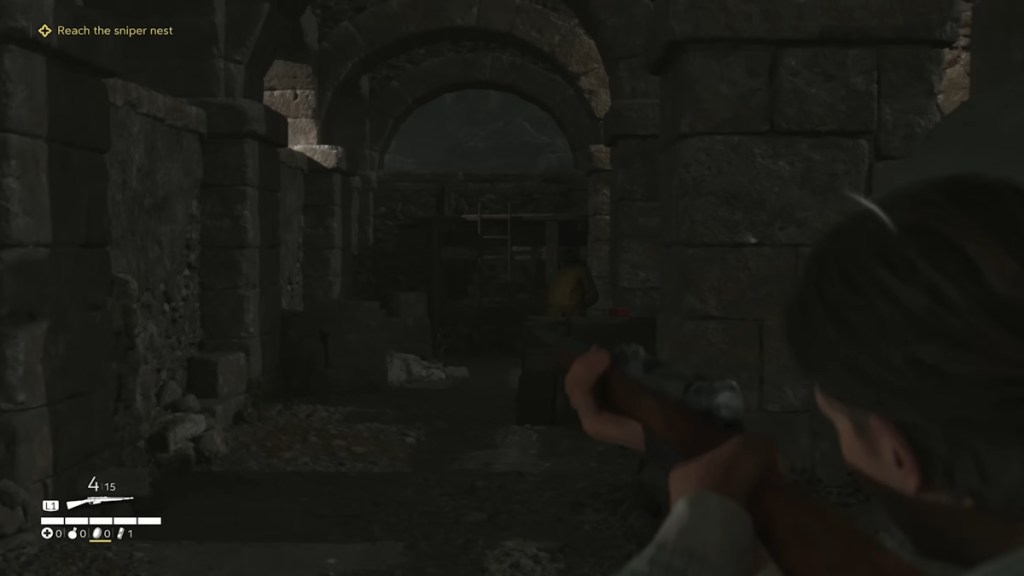
So, I suggest you not get into the game with high expectations of great gameplay like Red Dead Redemption 2. Perhaps, I will compare it more with a more humanized version of Da Vinci’s side quest from AC: Brotherhood with cinematic twists. The stroll is quite short, as short as 14 hours with cutscenes. One thing that will disappoint everyone, though, is performance issues and polishing.
Good Old Visuals but Terrible Performance
One thing AAA games in 2025 love to share is performance problems. Mafia: The Old Country keeps the trend alive. The game, at times, runs poorly as if it hates you. Even on medium or low settings, smoothness is a dream you will never catch. Some scenes feel built for stutters, especially every time you move from gameplay to a cutscene. It’s like booting the game on a Pentium with Intel integrated graphics. And it happens so often, you start expecting it.
My Setup:
CPU: AMD Ryzen 7 9800x3D @ 5.2GHz
CPU Cooler: CORSAIR H150 RGB
Motherboard: Msi x670E Gaming Plus Wifi
GPU: Zotac Gaming RTX 5060 Ti 16GB GDDR7 Twin Edge
RAM: Corsair (2x16GB) 6200MHz DDR5
SSD: XPG 1TB GAMMIX S70 Blade Gen4
Monitor: 1440p @ 165Hz
Locked settings don’t help. On PS5, frames are capped and yet choppy. On PC, certain options like lighting or foliage cannot be lowered, as if these settings would turn Sicily into the new Night City. Spoiler: it won’t. The visuals still look a little old-school for such demanding performance. Even on an R7 9800X3D with a 5060Ti, the game barely scrapes past 50 FPS on average.
For 2025, that’s like stepping back into the 30 fps single-player era; unless you have an RTX 5090 to brute-force your way through.
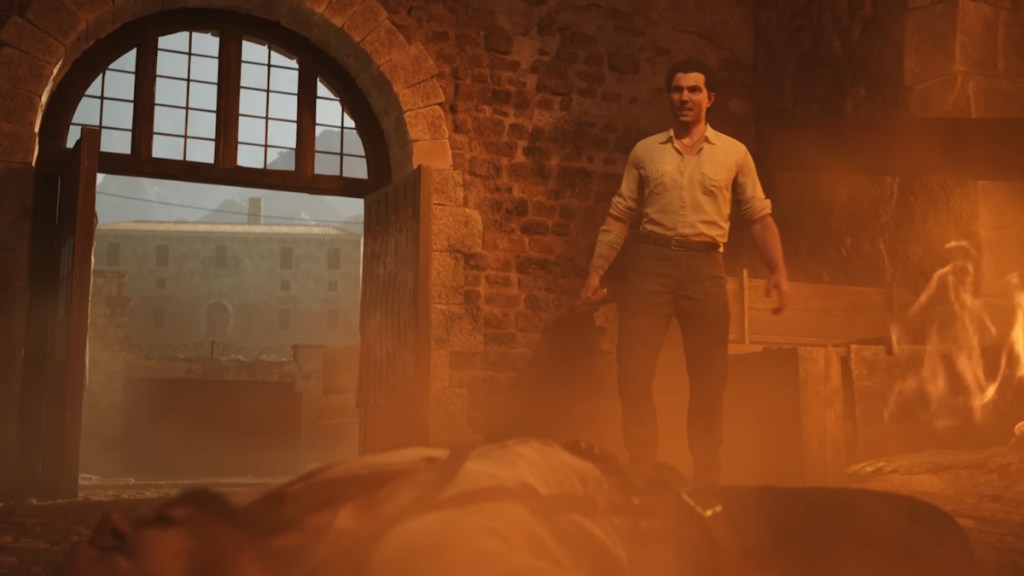
Your best bet is to play the game with DLSS on. Quality mode can push it to 75+ FPS, which is decent. Still, it is hard not to wish Hangar 13 had taken more time to smooth the rough edges and let the gameplay flow as well as the story and cutscenes. Maybe the early release is a bandage to the sentiment that 2K delays all their games.
Cutscenes: Drama Served on a Sicilian Plate
However, despite the choppy transitions, the cutscenes make you feel like you have stepped into Martin Pieter Zandvliet’s dark mob world, told with the flair of Martin Scorsese. While they’re part of the game’s visual storytelling, they could easily stand as a selling point on their own.
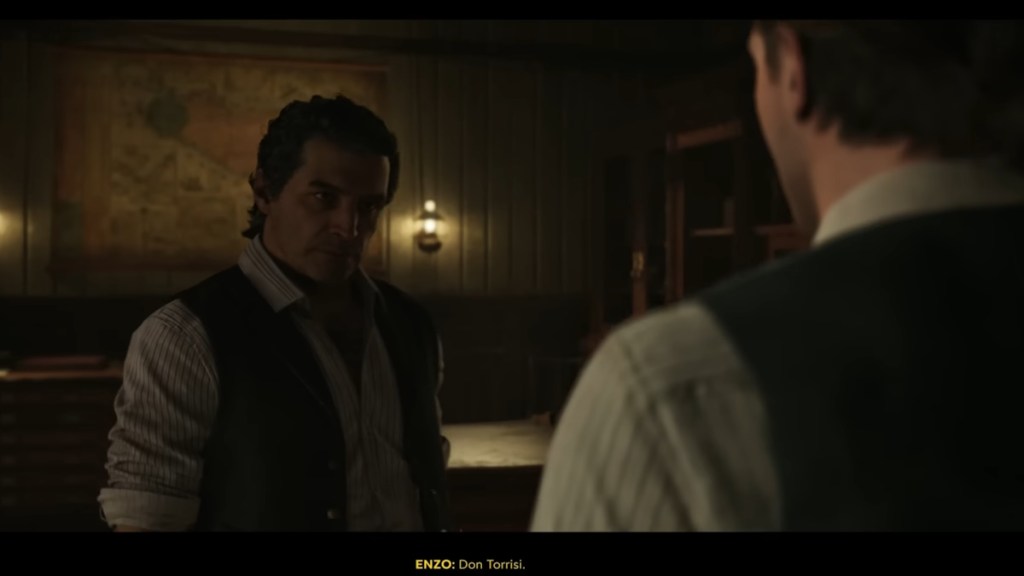
Sicily isn’t just a backdrop here. The visuals easily complement the iconic characters around Enzo. While NPCs aren’t a big deal, the characters introduced, whether it is Luca Trapani or Cesare, you will feel for them. Especially when things go sideways.
It’s like a Sicilian pizza; crust baked with grit, blood, and tears, topped with exceptional drama and iconic voice acting. If you’re short on budget, you could watch the entire cutscene compilation on YouTube and still feel like you just experienced a full mob thriller, packed with highs, lows, and a story stronger than many modern cinematic releases.
Great Background Score and Voice Acting
As for the experience, as I mentioned before, the voice acting is phenomenal in Mafia: The Old Country. While the ‘Sicily’ voice settings with English subtitles are ideal, I suggest you try the English voice, and you will not be disappointed. Especially, if you don’t want to miss out on the performance of John Santiago as Don Torrisi, and the others who play important roles around him.
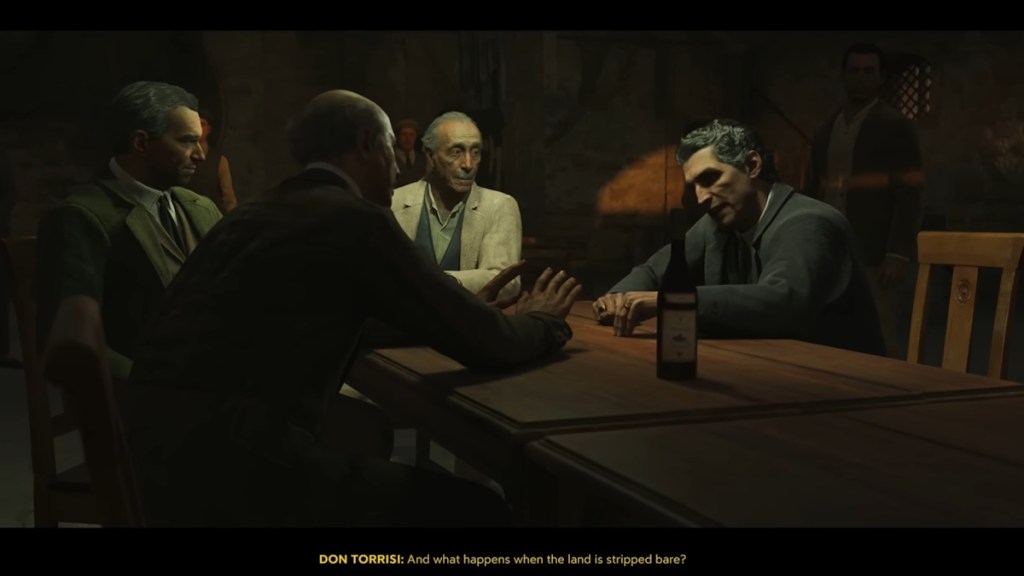
The audio pairs well with the great voice acting as well. Background score in The Old Country is a slow pour of tension and class strings that feel like they were robbed from an old Italian cinema reel, and jazz tracks that echo through smoky bars like whispers of old sins.
Gunfire is sharp and raw, and cars roar with a heavy growl. This is a world that sounds alive even in silence before the storm arrives. Which brings us to the final question: Is Mafia: The Old Country worth the ride?
Verdict: Mafia The Old Country Feels Like The Godfather’s Long-Lost Cousin
Let us start with the replayability part. The main story of The Old Country plays straight with little room for choice, but the charm is in the ride, not the detours. But don’t expect branching endings or drastically different outcomes. This is a tale told the way the family wants it told. So, yeah, you are spending the bucks for a proper one-time play of a mob story of 14 hours. That’s in simple terms, there are no alternatives that you can try out.
The Old Country carries more of the original Mafia’s soul than Mafia 3’s ambition. For a fan of the franchise, it is tighter, more personal, and not afraid to slow down and let a moment breathe. But it also inherits the franchise’s old demons: linearity, heavy performance demands, and the occasional clunky animation.
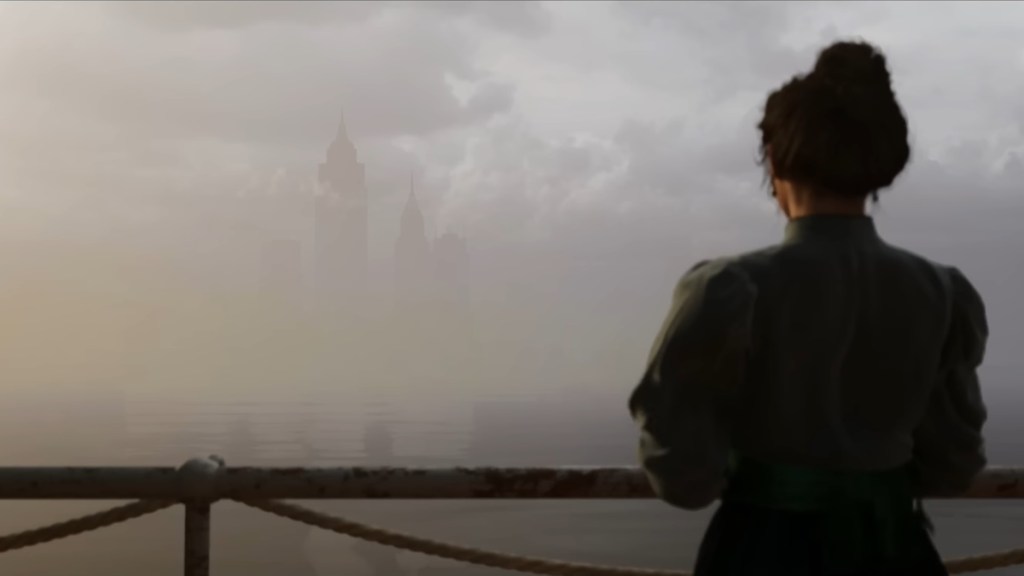
Mafia: The Old Country is not the perfect hit, but it leaves a mark (especially if you are a sucker for emotional drama). The gameplay may not shake the streets, and the performance issues can make you want to flip the table, but when it comes to storytelling, this game still runs the family business better than most. Enzo’s rise, the Torrisi family’s tangled loyalties, and the slow-burning betrayals make this a mob tale worth remembering.
In my final words, all I will say is that The Old Country is a return to the series’ roots, with all the grit, style, and tragedy that made me fall in love with the Mafia series in the first place. If you want pure gameplay thrills, you will find sharper blades elsewhere. But if you’re here for the drama, the acting, and a story that plays like a lost reel from cinema’s golden mob era, then pull up a chair. Just remember, respect is never free in The Old Country.







